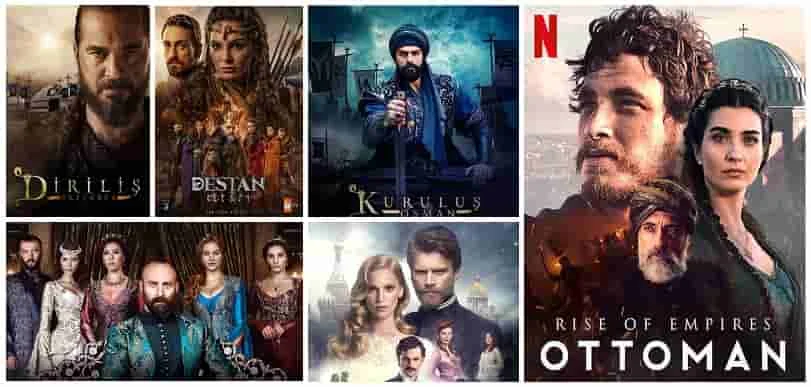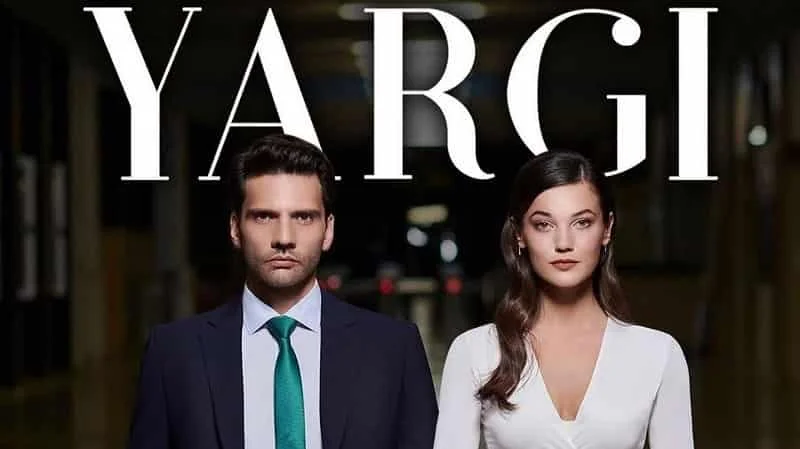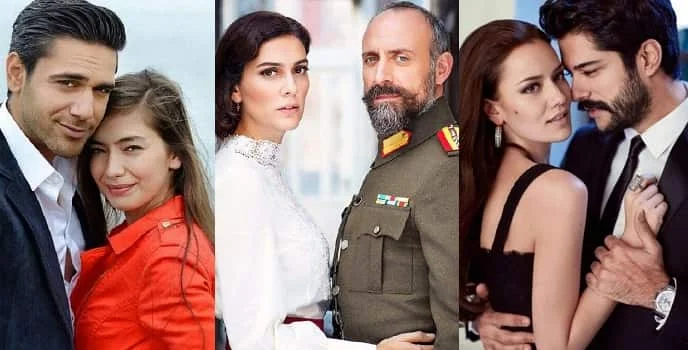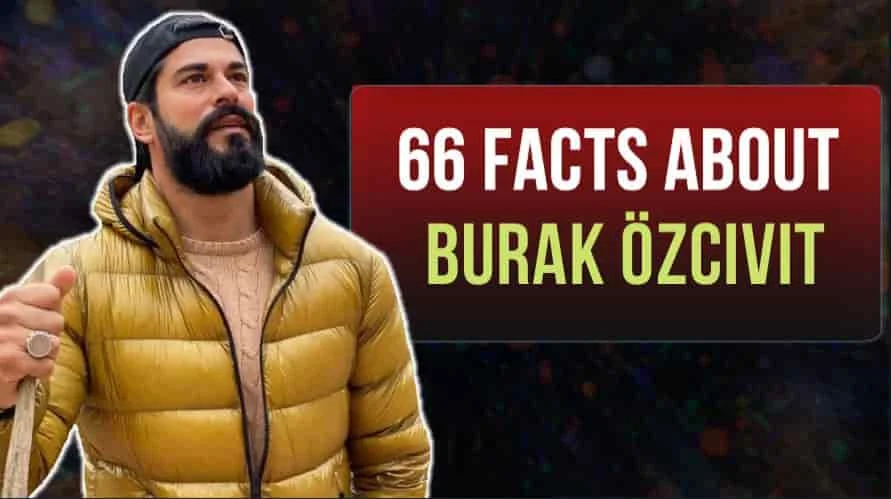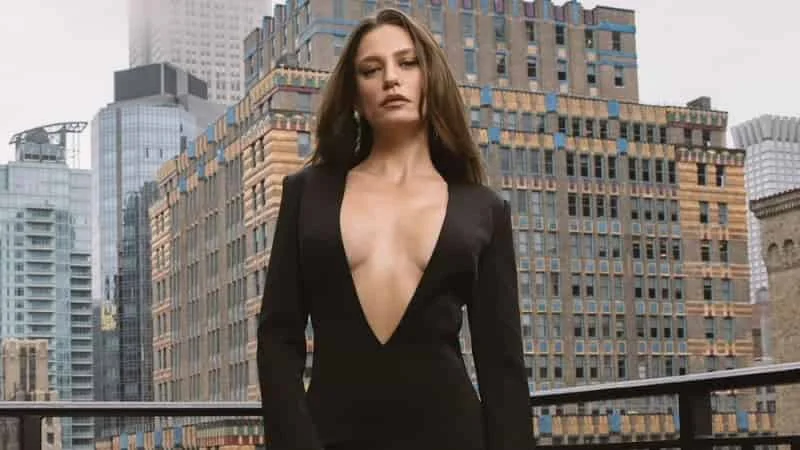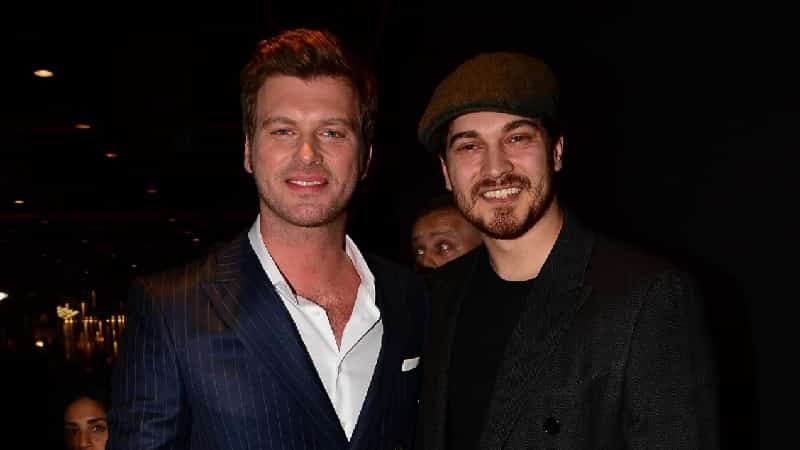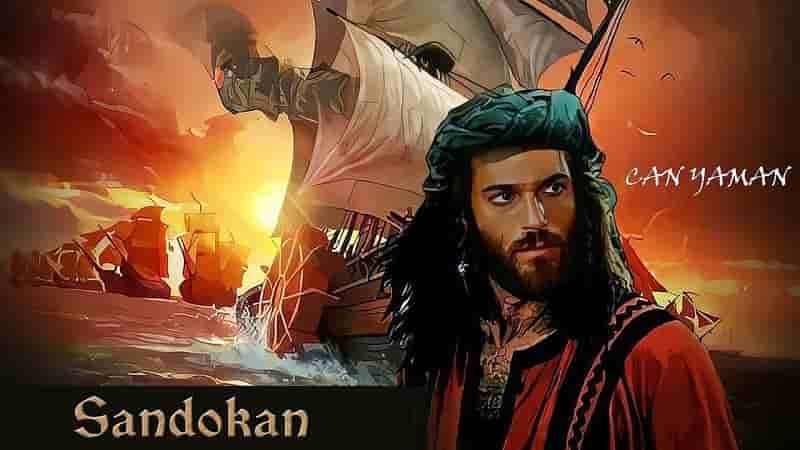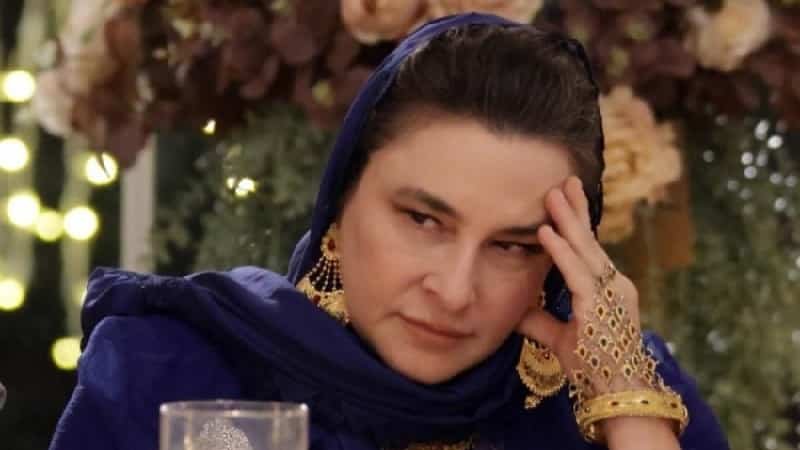Advertisements ↓
30 Most Iconic Clichés that Define the Marvel Universe and Keep Fans Hooked to the Screen – TOP MCU
TOP MCU – Explore 30 Most Iconic Clichés that Define the Marvel Universe and Keep Fans Hooked: Unleashing the Origin Story of Superheroes, the Secret Identity Cliché, the Arch-nemesis Trope, and More!
Cliché Alert -Welcome to the exciting world of Marvel! Brace yourself for an epic adventure as we dive into the top 30 clichés that define the Marvel Universe. From the classic origin story of heroes gaining powers through exposure to supernatural forces to the tragic backstories that fuel their motivations, the Marvel universe is a melting pot of clichés.
- By examining these patterns, we can see how Marvel storytellers have built upon these classic narrative elements to create unique and engaging tales that have become cultural touchstones. Delve Deep into the Marvel Universe’s Clichés!
Advertisements ↓
30 mOST Iconic Clichés of the Marvel Universe

1. Unleashing the Marvel Universe: The Origin Story of Superheroes
Many Marvel characters have a story where they are exposed to a supernatural or radioactive force, which gives them their powers. While it may seem cliché, this trope has become a defining characteristic of the Marvel universe. For example, a radioactive spider bites Peter Parker, and the exposure to gamma radiation is how Bruce Banner became Hulk or The Fantastic Four.
2. The Double Life of Marvel Heroes: The Secret Identity Cliché
The concept of secret identities is a common cliche in many superhero stories, including Marvel, where characters often lead a double life as civilians and crime-fighting heroes, such as Peter Parker as Spider-Man and Tony Stark as Iron Man, Bruce Wayne as Batman and Matt Murdock as Daredevil.
3. The Age-Old Cliché of Damsels in Distress in Marvel Storylines
Many Marvel storylines rely on a common cliché where a female character, often the hero’s love interest, is captured or put in danger, and the hero must go on a mission to rescue her. Examples include Mary Jane Watson, the love interest of Spider-Man; Pepper Potts, the love interest of Tony Stark; Jane Foster, the love interest of Thor.
Advertisements ↓
4. The Arch-Nemesis Cliché: The Biggest Threat to Marvel Superheroes
The concept of a superhero having an arch-nemesis is a common cliche in Marvel storylines. Many iconic characters have a specific villain that they always face, who represents their biggest threat. For instance, Spider-Man’s arch-nemesis is the Green Goblin; Captain America’s arch-nemesis is the Red Skull; and Thor’s arch-nemesis is his brother Loki.
5. The Mad Scientist Trope: How Science & Intelligence Create Villains in Marvel
Many Marvel storylines feature a cliché trope where the villain is a mad scientist who utilizes their intelligence to create deadly inventions or perform experiments that grant them extraordinary abilities. For instance, The Leader, one of Hulk’s antagonists, gains superhuman intelligence through exposure to gamma radiation.
6. Catchy, Classic & Iconic: The Marvel Catchphrases
Many Marvel characters have catchphrases that they use during battles or when they are trying to make a point. For example, Spider-Man’s catchphrase is “With great power comes great responsibility,” and The Hulk’s catchphrase is “Hulk smash!” Deadpool: “Chimichangas!” and Doctor Strange: “By the hoary hosts of Hoggoth!” Thor:“I say thee nay!”
Advertisements ↓

7. From Villain to Hero: The Redemption Arc Cliché in Marvel
It’s a common cliché in the Marvel universe for villains to have a chance at redemption, where they turn away from their evil ways and become heroes. The Winter Soldier and Loki are the perfect examples of this cliché, as they were once formidable villains but later became heroes.
8. The Cosmic Threat Trope Threaten Marvel Universe
It is a common cliché in many Marvel storylines to introduce a threat from outer space or another dimension, posing a danger to the entire universe. For example, Galactus is a cosmic entity that eats entire planets, and Thanos seeks to obtain all six Infinity Stones to destroy the universe.
9. The Marvel Villains with Equal or Greater Powers than Superheroes
Many Marvel villains have powers equal to or greater than those o the superheroes they are battling.
For example, Venom, a symbiote with superhuman strength and the ability to shape-shift, is one of Spider-Man’s most dangerous enemies. Thanos, a powerful cosmic being able to manipulate reality, is one of the greatest threats to the Marvel universe. Apocalypse, a mutant with vast telekinetic and telepathic powers, is one of the X-Men’s most formidable foes who destroying the world on several occasions.

Advertisements ↓
10. Saving the World: The Worldwide Threat Cliché in Marvel Stories
Many Marvel stories involve a threat that affects the entire world, not just one city or group of heroes. For example, in “Avengers: Age of Ultron,” the villain Ultron seeks to destroy the entire world.
11. When Governments Monitor Superheroes: The Marvel Agency Cliché
It is a cliché in Marvel storylines to feature a government agency that oversees the actions of superheroes. For example, S.H.I.E.L.D. is a government agency that monitors and sometimes recruits superheroes.
12. Mentorship in Marvel: The Guiding Hand of Heroes
Many Marvel heroes have a mentor who helps them hone their skills or guides them on their hero’s journey. For example, Tony Stark served as a mentor to Spider-Man in the Marvel Cinematic Universe.
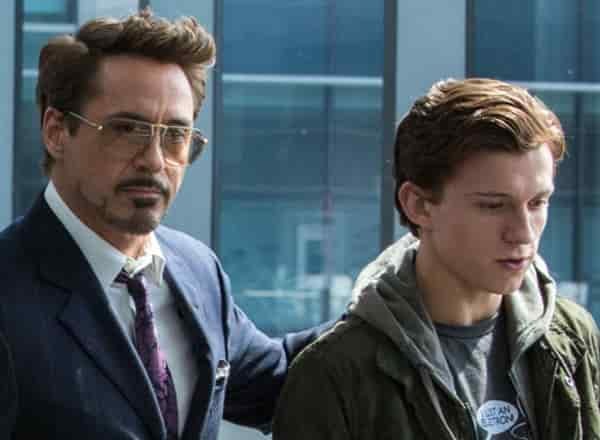
Advertisements ↓
13. The Heroic Sacrifice Cliché in Marvel
Many Marvel storylines involve a hero sacrificing himself to save the world or their loved ones. For example, in Avengers: Endgame, Iron Man sacrifices himself to defeat Thanos and save the universe.
14. The Tragic Past of Marvel Characters: The Backstory Trope
It’s a cliché in Marvel universe for heroes and villains to have tragic pasts or circumstances that fuel their motivations to do good or evil. For example, Bruce Wayne witnessed his parents’ murder, which led him to become Batman. Magneto is a Holocaust survivor who believes mutants are the next persecuted minority and wants to protect them by any means necessary.
Advertisements ↓
15. Marvel’s Comedic Relief: Characters that Break the Tension
Many Marvel stories have characters or situations that provide comedic relief to the tension of the storyline. For example, Deadpool is known for his irreverent humor and for breaking the fourth wall.
16. The Powerful Artifact Trope in Marvel UNIVERSE
Many Marvel storylines involve a struggle for power, where villains or heroes try to gain control over powerful artifact or entity that gives them great power. Example: The Infinity Stones or The Cosmic Cube.
17. Alternate Reality: The Multiverse Trope in Marvel
It’s a common cliché in Marvel storytelling to delve into alternate realities or universes, where characters encounter different versions of themselves or a different world. For instance, the “Age of Apocalypse” storyline explored a reality where Professor X died, and Magneto took over as the leader of the X-Men.
Advertisements ↓

18. Marvel’s Loyal Sidekick
Many Marvel heroes have a sidekick who assists them in their battles or serves as their support. For example, Robin is Batman’s sidekick, and Bucky is Captain America.
19. The team leader
Many Marvel teams have a leader responsible for making decisions and guiding the team. For example, Captain America is often the leader of The Avengers. In the Fantastic Four comics, Reed Richards, aka Mr. Fantastic, takes on the team leader’s role.
20. The Technological Marvels
It is quite a cliché for many Marvel characters to rely on advanced technology to amplify their powers or to combat their enemies. Iron Man, for instance, depends on his high-tech armor, while Black Panther harnesses advanced Wakandan technology to aid him in his battles.

Advertisements ↓
21. The team conflict
Many Marvel storylines involve conflicts within a team, where members have different opinions or goals. For example, in the “Civil War” storyline, The Avengers split into two factions, with Iron Man supporting the government registration act and Captain America opposing it.
22. Death and resurrection in Marvel Universe
The cliché of death and resurrection is usual in the Marvel universe, where characters die and are later brought back to life, typically to introduce new storylines or reignite interest.
Captain America is a notable example of this, having been killed off in the comics only to be resurrected later. Bucky Barnes, who served as Captain America’s sidekick during World War II, was presumed dead for many years before being revealed to have survived and become the Winter Soldier.
23. mARVEL’S ULTIMATE team-up
Marvel characters often team up to fight against a common enemy or to solve a problem. For example, The Avengers, The X-Men, and The Fantastic Four.
Advertisements ↓

24. The love triangle IN mARVEL uNIVERSE
Many Marvel storylines feature a love triangle where the hero is torn between two romantic interests. For example, in the Spider-Man comics, Peter Parker is torn between his love for Mary Jane Watson and Gwen Stacy. The love triangle formed of Wolverine, Jean Grey, and Cyclops.
25. Legacy Lives On: Marvel’s Villains Who Inherit a Family Tradition of Evil
Usually, Marvel villains are the children, relatives, or followers of previous villains, carrying on their legacy. For example, Harry Osborn becomes the Green Goblin after his father’s death. Hela, the child of Loki, God of Mischief, and the giantess Angrboda, becomes a major villain and Ruler of the Underworld Realms.
26. the solo hero
Many Marvel heroes operate alone and prefer to work independently rather than join a team. For example, Wolverine is a loner who often works alone, Frank Castle, aka the Punisher; Natasha Romanoff, aka Black Widow and Johnny Blaze aka Ghost Rider.
Advertisements ↓
27. Decisions, Decisions: Marvel’s Moral Dilemmas
Marvel storylines frequently feature moral dilemmas, where characters must make challenging decisions that may lead to significant repercussions. Example: in the “Civil War” storyline, characters had to choose between their loyalty to the government and their fellow superheros.
28. The identity crisis OF mARVEL’S HEROES
Many Marvel heroes have struggled with their identity and the balance between their civilian life and their superhero duties.
29. The self-made hero
Some Marvel heroes gain their powers through their own efforts, rather than through external forces. For example, Daredevil trained himself to become a skilled fighter and acrobat. Danny Rand became Iron Fist through intense training. Clint Barton, also known as Hawkeye, is a skilled marksman and Marc Spector / Moon Knight.
Advertisements ↓
30. Behind Bars: IN mARVEL’S cosmic prison
A common cliché in Marvel comics is a cosmic high-security prison designed to hold some of the most dangerous villains in the universe. The prison is often located in a remote and isolated location, far from any inhabited planets or civilizations, to prevent escape attempts or potential harm to innocent beings.
The use of the cosmic prison cliché in Marvel allows writers to introduce powerful and dangerous villains while also providing a way to remove them from the storyline temporarily
🙏 FOLLOW US FOR UPDATES 🔥



